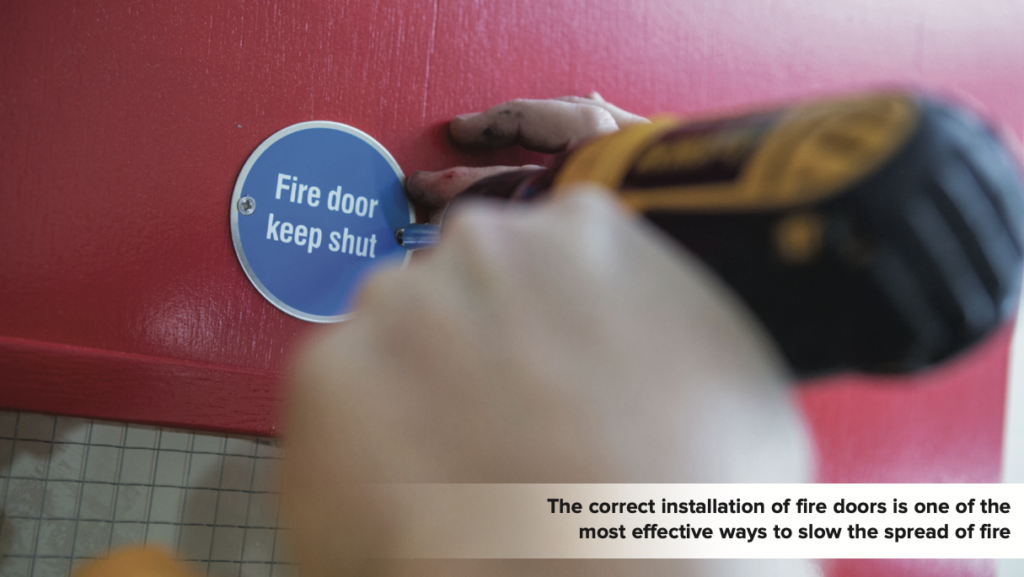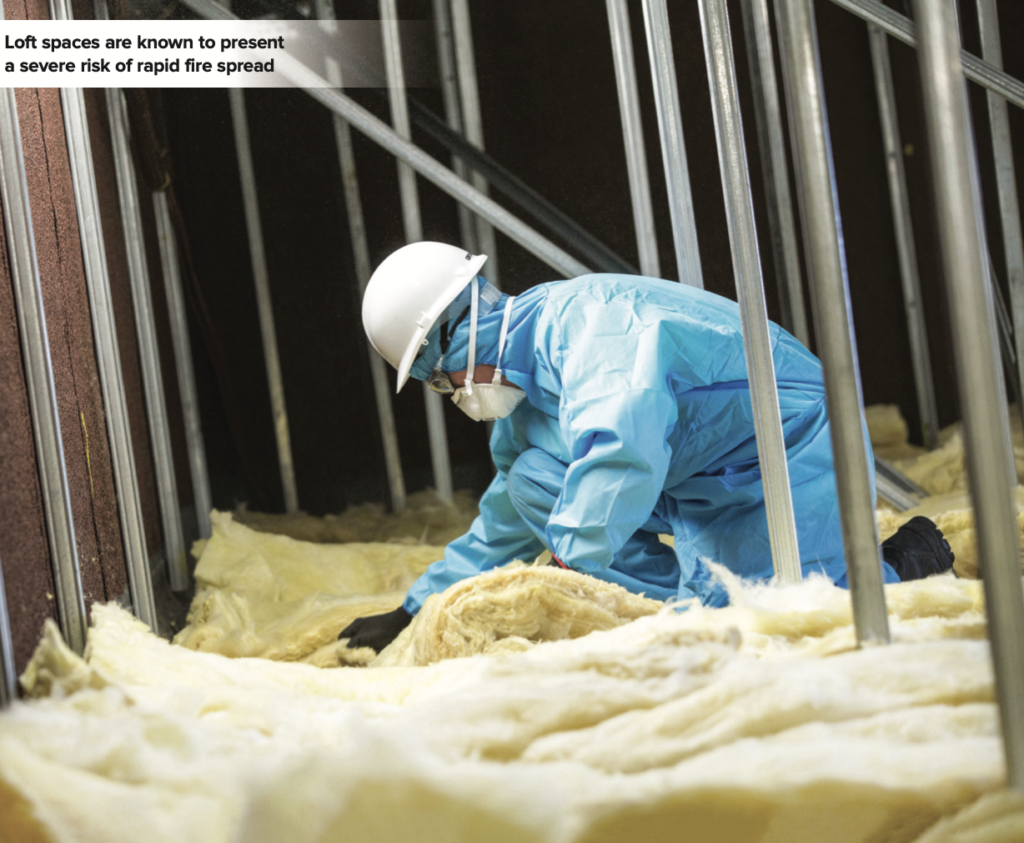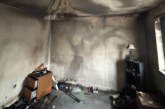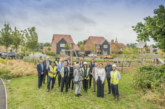David Barnes, Operations Manager at Novus Property Solutions, discusses the vital role fire safety plays in housing refurbishment and retrofit projects, as well as the three key steps for building residents’ trust.
Refurbishment and maintenance are vital elements of social housing management, ensuring not only resident satisfaction but also resident safety.
Fire safety compliance measures have always been an important consideration in housing construction and refurbishment projects. However, this understandably became top of the agenda following the Grenfell tragedy in 2017, which highlighted the devastating physical, emotional and financial impact that fire safety measure failings can have on individuals and local authorities.
Since then, fire safety measures in public buildings — particularly in social housing — have been under intense scrutiny and local authorities are rightly under more pressure than ever to get fire safety right first time. This may seem like an easier task for new-build projects where fire prevention and protection measures can be implemented according to the latest legislation, but it’s just as important to apply these measures to existing properties through retrofit installations.
Fire safety legislation is updated regularly and varies between different regions of the UK, so consulting with an experienced specialist contractor before embarking on fire safety improvement works is highly recommended.
Trusted contractor
Collaboration is key when it comes to ensuring social housing meets the latest fire safety regulations, and local authorities and social housing landlords should work closely with a chosen contractor from the very beginning of a retrofit project.
There are many contractors across the UK that are able to deliver such projects, but it’s always best to choose those with tangible experience delivering fire safety compliance services as well as industry accreditations to demonstrate this professionalism. For example, Novus Property Solutions offers clients a dedicated Assure service for a comprehensive range of passive fire protection measures carried out by highly trained and experienced individuals.
Not only does this type of specialist service offer added reassurance that any fire protection measures will meet all relevant legislation and quality standards, but also that the best products for the job will be chosen.
Trusted measures
Working in collaboration with an experienced contractor is the best way to ensure a retrofit installation project is fully comprehensive, which includes the specification of all required passive fire protection measures. A bespoke package can be created according to the individual features and requirements of a property portfolio; however, there are several fire safety and protection measures that are particularly valuable in overcoming the most common fire safety shortfalls.
One of the most simple yet effective ways to slow the spread of fire and protect escape routes is the correct installation of fire doors. As well as choosing reputable products, it’s important that new door set installations are fitted by fully competent installers to ensure tolerances are adhered to and a compliant installation is achieved in line with the product data sheets.
Similarly, measures such as penetration sealing systems and fire-retardant coatings can play a vital role in slowing the spread of fire but are often overlooked. Experienced contractors are ideally placed to advise on such measures and will often work with their own trusted suppliers to specify the best products for the individual project.
Sprinklers are also highly valuable in suppressing fires, and automatic water suppression systems are particularly effective in controlling the spread of a fire or even extinguishing it. As with many other fire protection measures, sprinkler systems can be fitted at building stage or as part of a refurbishment project and are most commonly installed into apartments and communal spaces.
Another key step that can be taken to slow the spread of fire, particularly in high- rise buildings, is loft compartmentation. The importance of loft compartmentation is gaining traction, as loft spaces are known to present a severe risk of rapid fire spread. This fire protection method is designed to compartmentalise the loft space through the use of barriers, which creates areas of manageable risk by slowing the movement of the fire.
What’s more, loft compartmentation offers a highly versatile solution for local authorities with the option to choose the most suitable integrity and insulation ratings; with 30 minutes, 60 minutes and 120 minutes being the most commonly requested. Fortunately, when carried out by experienced contractors, measures like these can be delivered efficiently and with minimal disruption to residents.
Trusted local authority
By working collaboratively with a trusted contractor to create a bespoke package of trusted measures, local authorities and social housing landlords can be confident in providing the highest level of fire prevention and protection for residents.
This in turn will help to reassure residents that they are living in the safest possible environment — ultimately helping to build trust in the local authority.











